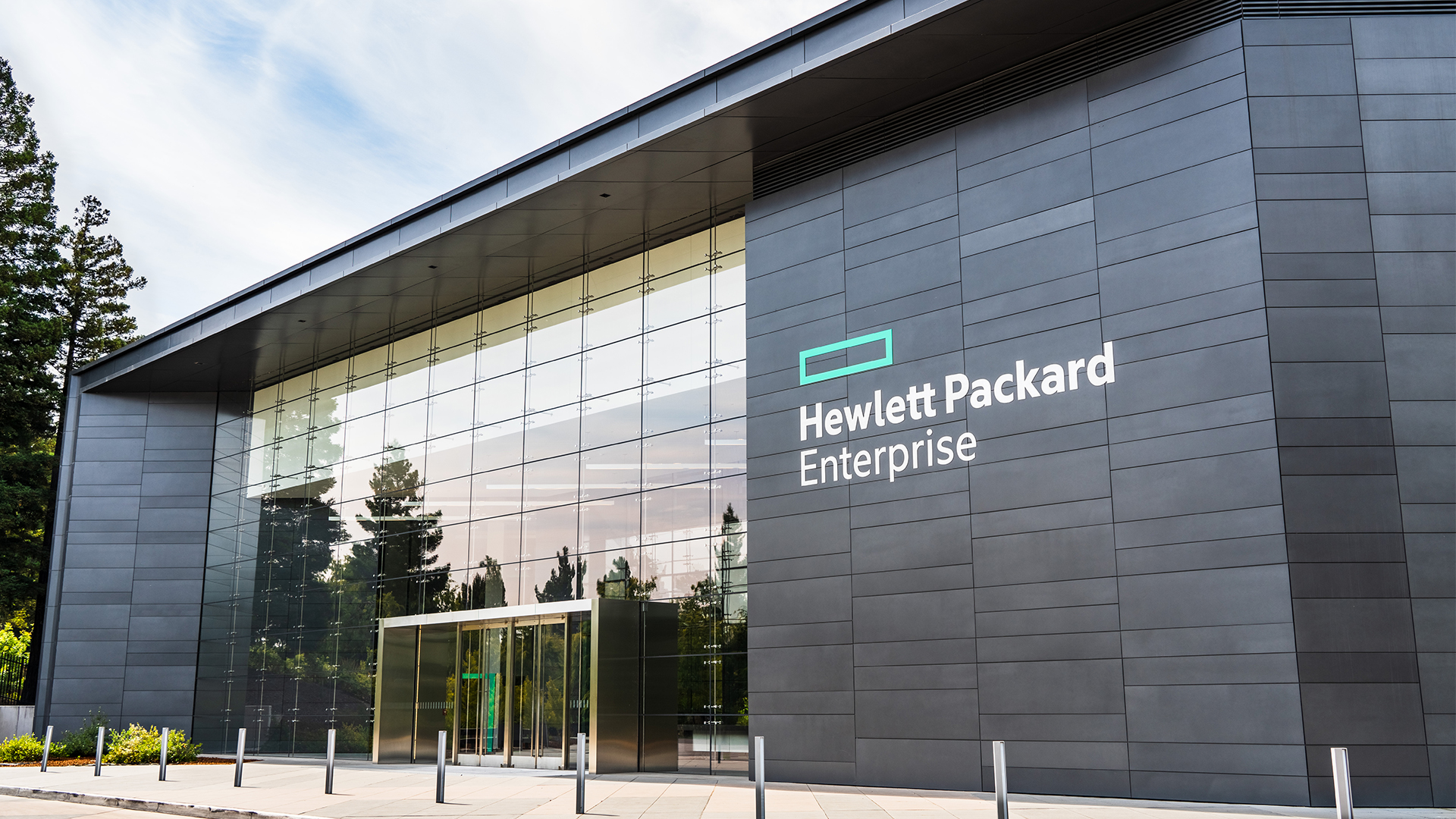The benefits of Application Lifecycle Management
Plan, schedule and monitor your application development every step of the way.

Today's apps are delivered at a ferocious speed. Development teams may only have days or weeks to turn around a project, and with so many stakeholders involved CIOs, scrum masters, developers, testers and the customers themselves it's easy to lose track of progress or create unexpected bottlenecks.
To maintain quality and control of app development, teams require application lifecycle management (ALM) software. Not only does this ensure that key tasks throughout the lifecycle are logged, completed and tested, it also provides a repository for code changes, and accountability for everyone involved. It also allows for bugs and errors to be fixed promptly, with precise customer feedback fed into the system so that everyone knows what problem they are solving and its priority.
Here we'll explain why your dev team needs ALM, and how HP Enterprise's ALM solutions can help you deliver high quality apps to deadline.
What is ALM?
Application lifecycle management involves the administration of the entire software development process, from the very first concept and wireframes, through to launch, bug management and eventual retirement. Any revisions made to the code, requirements or customer feedback are all logged in the same system, providing reporting and accountability throughout the app's entire lifespan.
There are dozens of ALM solutions on the market, offering varying feature sets. Some are little more than shared reporting logs; others add code repositories and automated testing facilities; some are on-premise solutions, others are SaaS products that allow teams to collaborate no matter where their employees are based. HPE's ALM range offers all of these features and many more.
HP Enterprise's ALM suite , now including HPE Octane, can also be adapted to different development models. Whether your apps are developed using the waterfall model where the dev team hands over the finished app to operations for deployment and ongoing maintenance or whether your company adopts a more agile' model where developers remain involved after deployments and continue to contribute incremental changes HPE's solutions can adapt to your team's way of working.
HP Enterprise ALM solutions
Whether you're managing a small team of developers or a large squad dispersed across the globe, HPE's ALM tools will help you keep tight control over your app development.
The first thing to note about HPE's ALM products is that they will look different to everyone involved, because the features and dashboards available to members of the team are precisely configured to their role within the development process, ensuring that everyone has only they information and tools that they need to do their job.
At the top of the chain, the CIO will be presented with HPE's Executive Scorecard, a dashboard that provides them with clear oversight over the progress of development, the performance of live applications, and how development costs compare to the budget allocated to that particular project. The Executive Scorecard will clearly highlight key performance indicators, such as customer satisfaction, so that the CIO can instruct his application managers to deal promptly with issues that may harm the company's revenue or reputation.
Further down the chain, project managers can assign requirements for new features or fixes, setting a priority for each. To be sure the team is going to develop exactly what the customer wants, the project manager can log into HP Enterprise Agile Manager and add specific "user stories" to the task, ensuring the dev team can identify the precise nature of the problem they are being tasked with addressing. It closes that chasm between the end user and the developer, letting the dev team deal with problems that may not have arisen during user testing.
Talking of testing, HPE's ALM products are geared towards both manual and automated app testing. Manual testing can be managed through HP Enterprise Sprinter, which is fully integrated into ALM. Sprinter offers facilities that remove some of the time-consuming tedium of manual testing, such as the automated injection of data into relevant fields and the automatic recording of steps taken by a software tester. Once the results are logged, they become instantly available to the project manager, allowing them to progress the release of the app.
ALM can also be used to run automated performance tests on nightly builds. The results could be ready and waiting for the manager when they arrive at work the next morning, allowing work to recommence on the next stage of development or for the code to be sent back for further revision.
When it comes to managing code, ALM offers developers everything they need to revise code and report on their progress. The HP Enterprise ALI Dev plug-in, for instance, lets developers provision their own workspace, allowing them to get up and running with Eclipse or Visual Studio, for instance, within a matter of seconds. The developer's individual task list appears within their IDE, so they can crack on with the jobs for which they've been assigned and commit the code.
With the latest release of HPE ALM Octane, companies can also share and reuse assets across different projects, so that development teams don't work in silos for particular apps. Features developed for one application could be easily integrated into another project, with all the code revisions and asset libraries carried across.
Tested, timed, delivered
HPE's ALM takes the uncertainty of out the app development process. It allows all the key stakeholders within the business to know exactly what's going on within their organisation, and take decisions based on hard data, not anecdotal evidence or the gut feeling of individual managers.
CIOs used to tear their hair out when app development projects ran over deadline or over budget, with no clear visibility over what created the bottlenecks or delays. Likewise, dev teams felt harassed when being chased to meet an arbitrary deadline that paid no heed to the amount of dev work, testing and validation required to deliver a high quality application.
ALM resolves that tension, giving everybody involved in the app development process a clear understanding of the workloads, requirements and deadlines involved. It leaves everyone better informed. And nobody ever made a bad business decision because they had too much data.
Sign up today and you will receive a free copy of our Future Focus 2025 report - the leading guidance on AI, cybersecurity and other IT challenges as per 700+ senior executives
ITPro is a global business technology website providing the latest news, analysis, and business insight for IT decision-makers. Whether it's cyber security, cloud computing, IT infrastructure, or business strategy, we aim to equip leaders with the data they need to make informed IT investments.
For regular updates delivered to your inbox and social feeds, be sure to sign up to our daily newsletter and follow on us LinkedIn and Twitter.
-
 HPE says unified channel strategy won't force Juniper partners to generalize
HPE says unified channel strategy won't force Juniper partners to generalizeNews Does the company embrace specialists or want a full portfolio push? The answer, it seems, is both
-
 Three things I expect to see at HPE Discover Barcelona 2025 (and two I don’t)
Three things I expect to see at HPE Discover Barcelona 2025 (and two I don’t)Analysis With the conference kicking off at the Fira Barcelona next week, here are some things to look forward to
-
 HPE launches first phase of new-look Partner Ready Vantage program
HPE launches first phase of new-look Partner Ready Vantage programNews The IT giant’s freshly unified channel initiative combines its legacy programs into a single framework
-
 HPE names Phil Mottram as new global sales chief
HPE names Phil Mottram as new global sales chiefNews Mottram succeeds HPE veteran Heiko Meyer who is retiring after 38 years with the tech giant
-
 Who is Fidelma Russo?
Who is Fidelma Russo?Learn more about HPE's CTO and leader of GreenLake's success
-
 Steady progress and partner potential at HPE Discover Barcelona 2024
Steady progress and partner potential at HPE Discover Barcelona 2024Analysis With few product announcements, HPE's annual Europe event instead laid the groundwork for 2025
-
 HPE launches exclusive sovereign cloud offering for the channel
HPE launches exclusive sovereign cloud offering for the channelPartners will need HPE Sovereignty competency before they can start selling
-
 HPE Discover Barcelona 2024: All the news and updates live
HPE Discover Barcelona 2024: All the news and updates liveLive coverage of the keynote at HPE Discover Barcelona



